Imagine stepping into an ancient Madagascar where the ground shook under the footsteps of birds taller than a grown man and forests echoed with the calls of lemurs the size of gorillas. It sounds like something out of a fantasy novel, but not long ago, this was reality. Madagascar, that mysterious island off Africa’s southeastern coast, once teemed with creatures so big and bizarre, they seem almost unreal by today’s standards. The story of these lost giants is not just a tale of natural wonder—it’s also a haunting reminder of how quickly things can change, and how fragile our world’s most wondrous creatures really are.
The Lost World of Madagascar
Long before humans set foot on Madagascar, the island was a living laboratory bursting with life found nowhere else. Isolated for millions of years, it became home to an astonishing cast of characters—plants and animals that evolved in ways that would be impossible anywhere else. This meant that creatures could grow to enormous sizes, free from many of the predators and competitors found on the mainland. The thick forests and sprawling plains were the stage for a drama of evolution, with lemurs and birds taking center stage in unexpected ways.
Meet the Elephant Birds
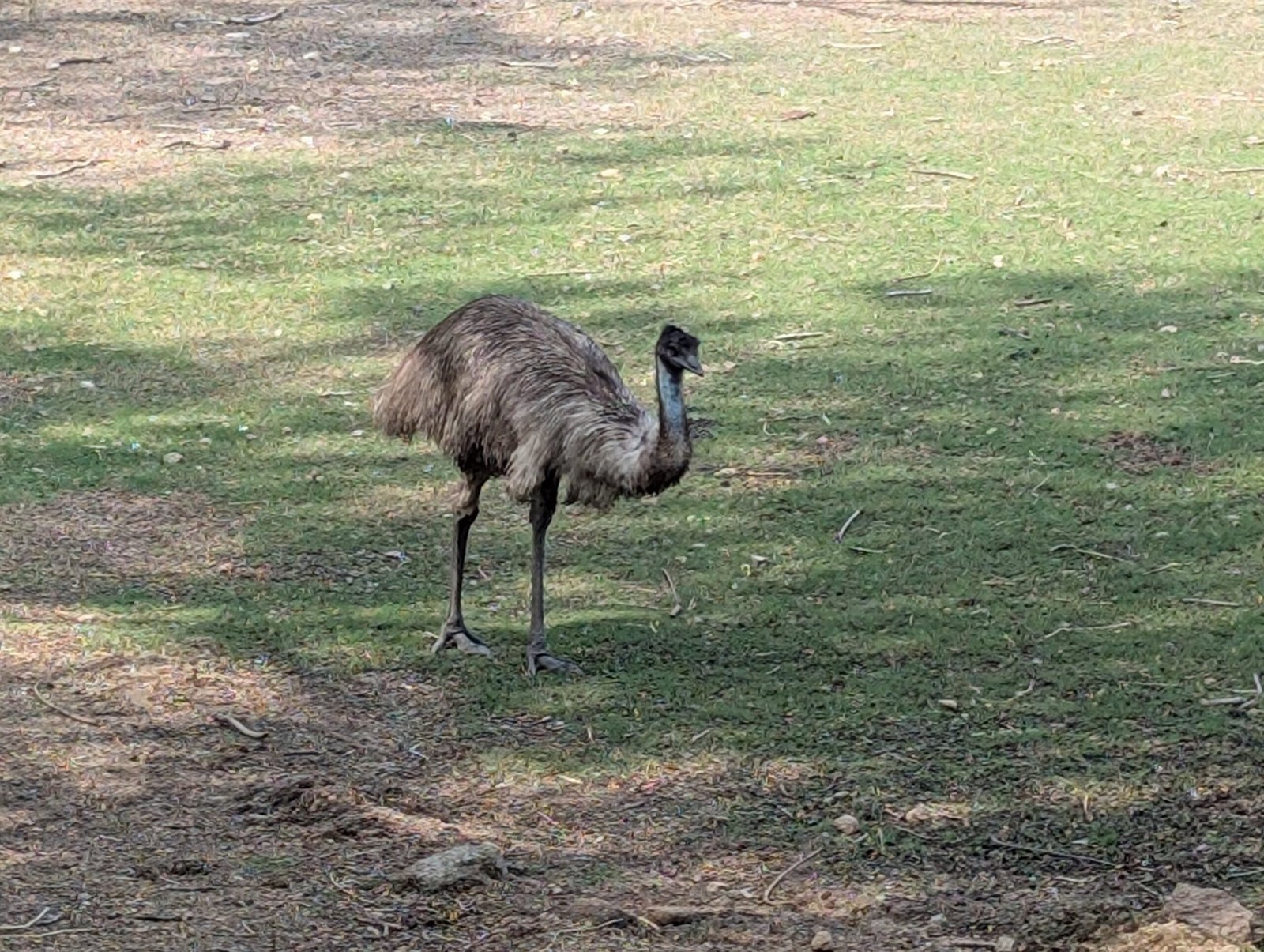
Picture a bird so massive it could look you straight in the eye—if it didn’t tower over you already. Elephant birds were the heaviest birds to ever walk the earth, some weighing up to 1,600 pounds and standing nearly 10 feet tall. Despite their intimidating size, they were gentle giants, more closely related to modern-day ostriches and kiwis than to any living predator. Their enormous eggs, some as big as basketballs, were marvels of nature—one egg could feed a family for days.
The Giants Among Lemurs
Giant lemurs were Madagascar’s primate royalty. Some, like Archaeoindris, weighed as much as a small human—think of a lemur the size of a chimpanzee, but moving slowly through the branches and occasionally lumbering on the ground. These lemurs had unique adaptations: some were skilled climbers, while others foraged on the forest floor. Their presence shaped the forest, dispersing seeds, trimming plants, and creating homes for countless other creatures.
Evolution Gone Wild
Isolation can do strange things to evolution. On Madagascar, with no big predators to keep them in check, animals could afford to grow both big and bold. Elephant birds lost the ability to fly, their wings shrinking into stubs as their legs became pillars for their enormous bodies. Lemurs, meanwhile, branched into dozens of species, from tiny mouse lemurs to the towering giants. This evolutionary freedom created an ecosystem unlike any other—a place where the rules of the mainland simply didn’t apply.
What Did Elephant Birds Eat?
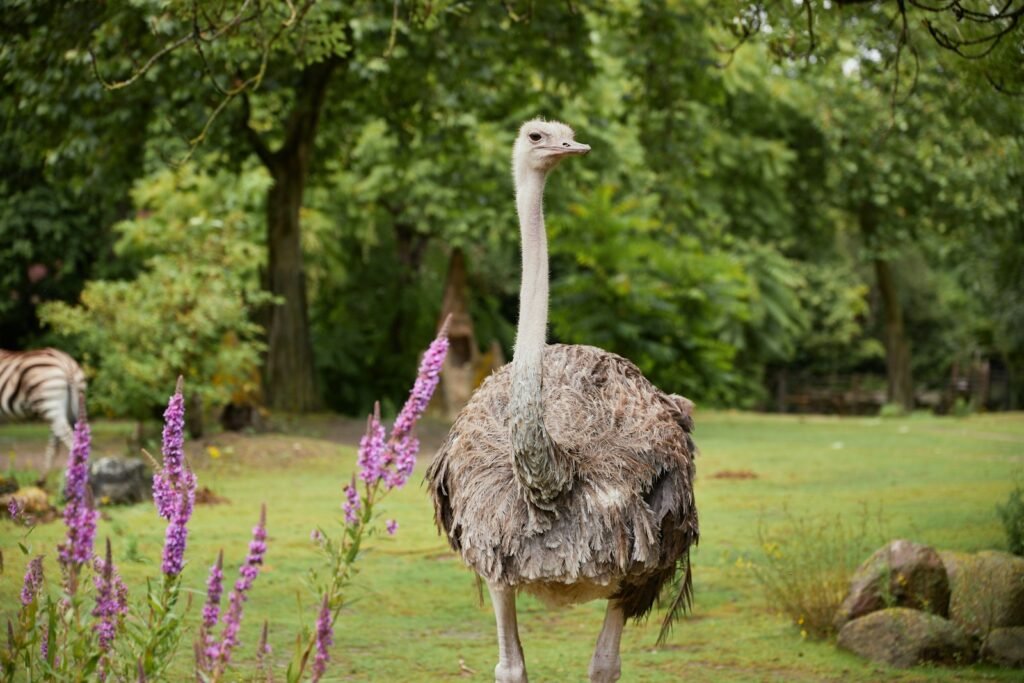
Despite their monstrous size, elephant birds weren’t hunters. Their sturdy beaks and heavy bodies were built for grazing and browsing, not for chasing prey. They likely feasted on nuts, fruits, and tough vegetation, using their powerful jaws to break open hard shells. Their feeding habits may have helped shape Madagascar’s forests, spreading seeds far and wide and keeping certain plants in check. In a sense, they were gardeners on a colossal scale.
The Role of Giant Lemurs in the Forest
Giant lemurs weren’t just big for the sake of it—they played crucial roles in their environment. Their large bodies allowed them to eat tough, fibrous plants that smaller animals couldn’t touch, and they helped disperse the largest seeds, giving rise to some of Madagascar’s most iconic trees. The loss of these giants has left noticeable gaps in the ecosystem, with some plants now struggling to reproduce without their original seed-spreaders.
How Did These Giants Disappear?
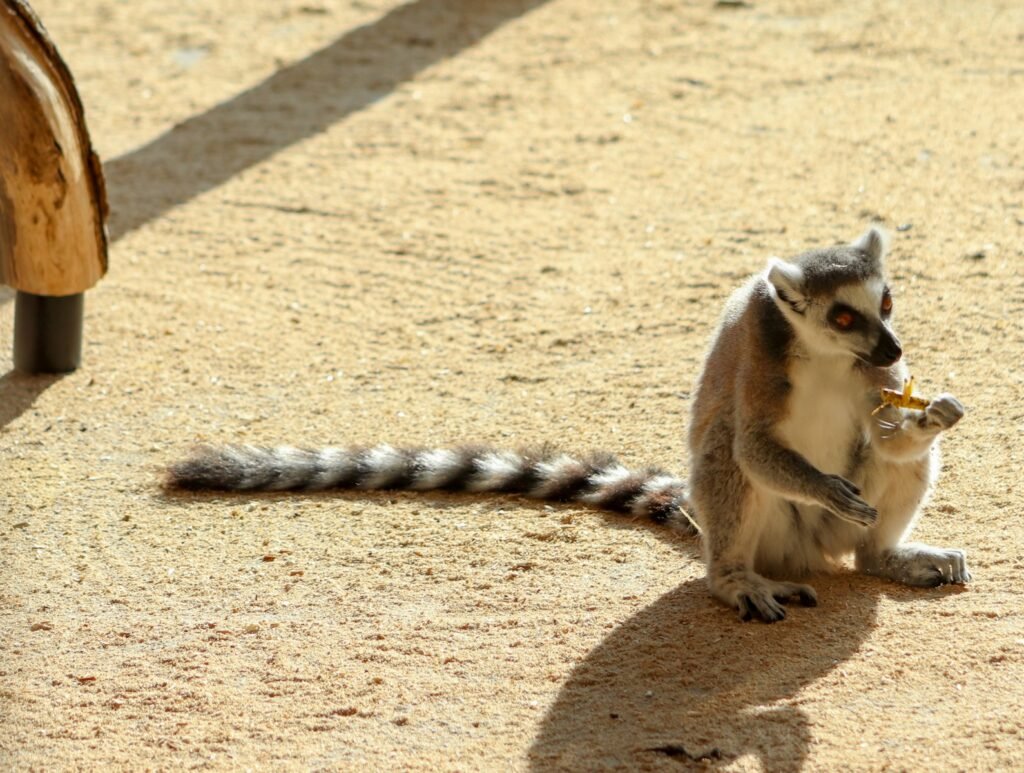
The story of Madagascar’s vanished giants is both fascinating and tragic. As humans arrived on the island—only about 2,000 years ago—they brought with them new ways of living and new pressures. Hunting, habitat destruction, and possibly even the introduction of new animals all played a part. The big, slow-moving birds and lemurs were especially vulnerable. Within a few centuries, they vanished forever, leaving only bones and legends behind.
The Impact of Human Arrival
When people first reached Madagascar, they entered a land of abundance. But even small human populations can have a huge impact on an isolated ecosystem. Ancient campfires, tool marks on bones, and sudden disappearances in the fossil record all point to a rapid decline of Madagascar’s megafauna after humans arrived. It’s a sobering example of how quickly things can unravel when unfamiliar pressures are introduced to a delicate environment.
Fossil Clues from the Past
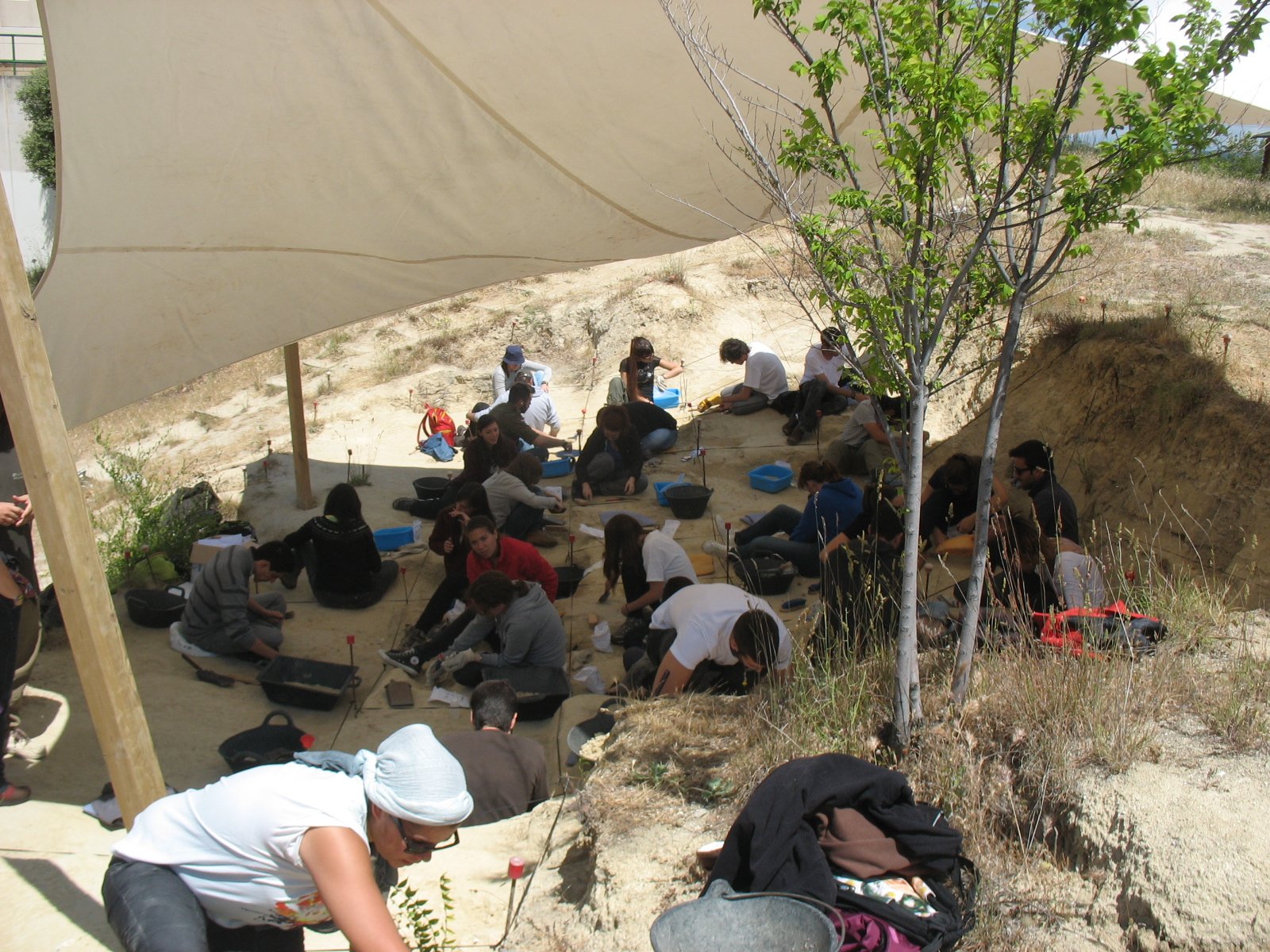
So how do we know about these lost giants? The evidence lies buried in Madagascar’s soils, caves, and riverbeds. Excavations have revealed massive bones, eggshell fragments, and even preserved dung—all clues that help scientists piece together the lives of these extraordinary creatures. Every discovery adds a new layer to the story, painting a picture of a time when the island was ruled by giants.
Eggs the Size of Footballs

Elephant bird eggs are the stuff of legend. Imagine finding an egg so big you could cradle it in both arms, with a shell so thick it takes a hammer to crack. These eggs could hold as much as two gallons of liquid, making them the largest eggs ever laid by any animal, living or extinct. Some have even been found with ancient artwork scratched onto them, suggesting they were prized by early humans—not just for food, but perhaps for ritual or art as well.
Giant Lemurs and Their Odd Behaviors
Giant lemurs weren’t just big—they were weird, too. Some had teeth more like those of a cow than a monkey, perfect for grinding up tough leaves. Others developed long, probing fingers for extracting insects from wood. A few may have even moved slowly like modern-day sloths, hanging from branches and blending into the leaves. This diversity of lifestyles made them some of the most remarkable primates the world has ever seen.
The Mystery of the Forest’s Collapse
The disappearance of Madagascar’s giants wasn’t just a loss for the animals themselves—it sent shockwaves through the entire ecosystem. Suddenly, plants that relied on giant lemurs for seed dispersal struggled to survive. In some areas, forests began to thin, and certain trees became rare or even vanished. It’s a powerful reminder of how interconnected life is, and how the loss of just a few key players can ripple out in unexpected ways.
Modern Lemurs: Tiny Survivors

Today’s lemurs are a shadow of their former glory, most weighing less than a housecat. They’ve adapted to new challenges, but without their giant cousins, their ecological roles have shrunk. Still, these survivors are just as fascinating, displaying a dazzling array of colors, calls, and behaviors. Their continued existence is a testament to the resilience of life, even in the face of overwhelming odds.
Madagascar’s Unique Plants and Their Lost Partners
Many of Madagascar’s strangest plants seem to be waiting for something—or someone—that no longer comes. Some trees produce massive fruits or hard seeds that modern animals ignore, suggesting they once relied on giant lemurs and elephant birds for help. Botanists call these “anachronistic fruits,” and they offer a living window into the island’s lost world. It’s a bit like finding a lock with no key, hinting at a partnership that’s been broken.
The Ongoing Search for Fossils

Scientists and adventurers alike are still combing Madagascar for more traces of its lost giants. Each new fossil find brings excitement and sometimes rewrites what we thought we knew. From remote caves to sun-baked riverbeds, the island still holds many secrets, and every dig is a step closer to understanding this vanished world. It’s a race against time, too, as erosion, development, and modern pressures threaten to erase what’s left.
Can We Learn from Madagascar’s Past?
The story of Madagascar’s lost giants is not just a tale of what once was—it’s a warning and a lesson. It shows how quickly unique ecosystems can unravel, and how the loss of just a few species can change everything. But it also inspires hope, pushing us to protect what remains and to appreciate the weird, wonderful creatures that still call Madagascar home.
Echoes of the Past in Today’s Wildlife
Even though the giants are gone, echoes of their presence linger in the island’s landscapes and animals. Modern lemurs sometimes use the same travel routes as their extinct relatives, and some plants still produce fruits too large for any living creature to eat. These remnants connect the present to the past, reminding us that the story is not over yet—and that every species, big or small, leaves its mark.
Why Do Giants Disappear?
Across the world, many islands once had giant animals—think of New Zealand’s moa or the Caribbean’s giant sloths—and most are now gone. Madagascar’s story is part of a broader pattern, where isolation led to gigantism, and new arrivals led to extinction. Understanding why giants like the elephant bird disappeared can help us protect the species that are still with us, before they too become legends.
A Call to Protect What Remains
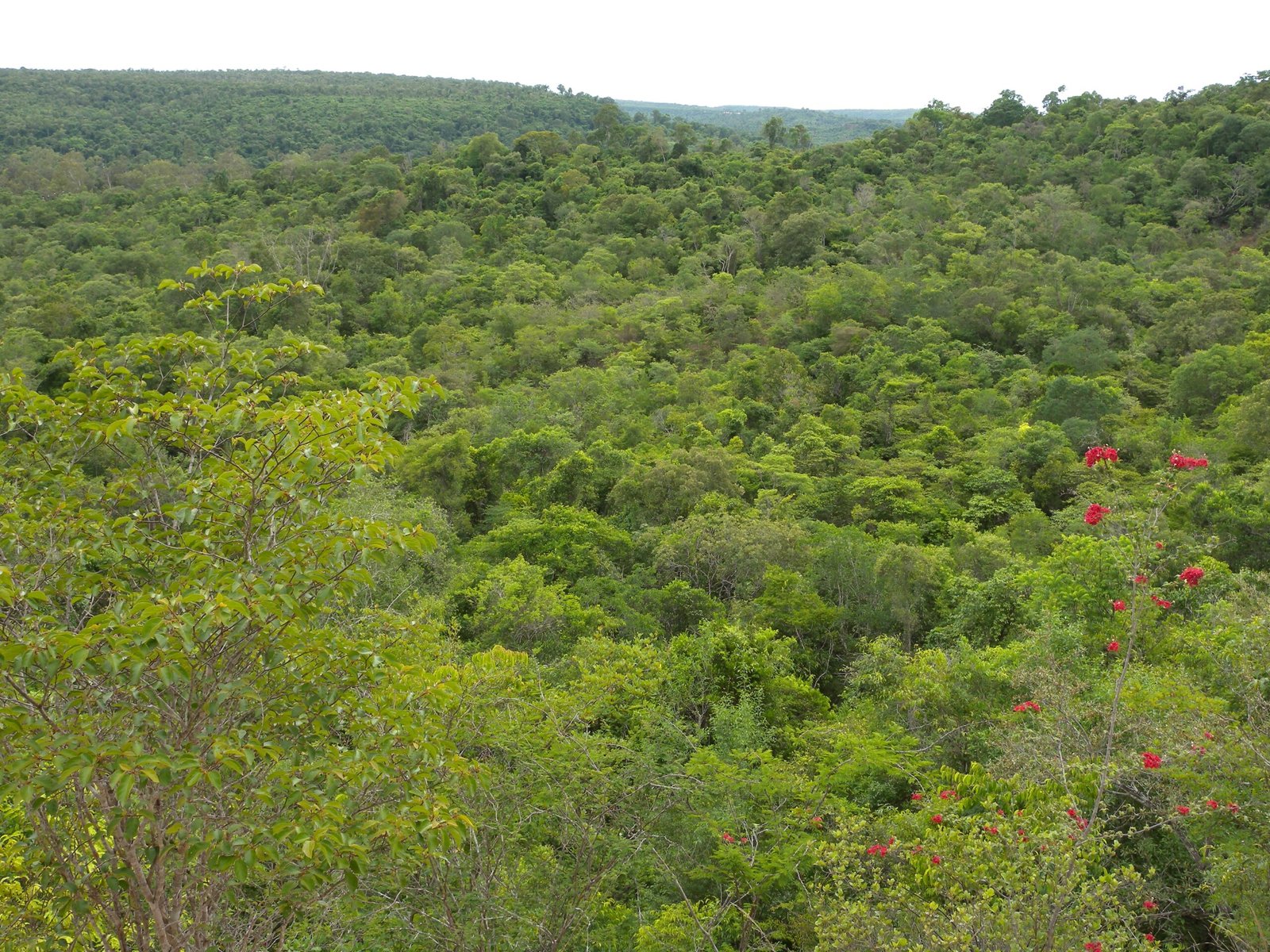
Madagascar’s forests are still home to some of the world’s rarest and most remarkable animals. But they’re under threat from deforestation, hunting, and climate change. The loss of the elephant birds and giant lemurs is a stark reminder of what’s at stake—and of why protecting today’s wildlife is so urgent. Every effort to preserve Madagascar’s unique creatures is a step toward making sure that the island’s next chapter is one of survival, not loss.
The story of Madagascar’s elephant birds and giant lemurs is a story of wonder, loss, and hope—a vivid reminder that our world is full of mysteries, and that every creature, no matter how strange or grand, has a role to play.




